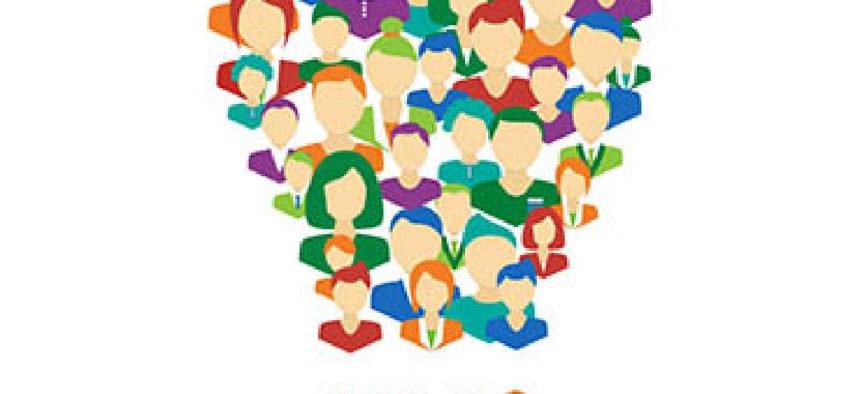Can tech transform the social safety net?

Data sharing and technology offer greater opportunities for people to find jobs, and they present the government with a chance to streamline, improve and rethink social programs.

Data sharing and technology offer greater opportunities for people to find jobs, and representatives of left- and right-leaning think tanks agree that they also present the government with a chance to streamline, improve and rethink its federal welfare programs.
Unfortunately, the government's reliance on legacy systems makes it even more difficult to serve people who qualify for federal assistance, said Andrew Stettner, a senior fellow at the Century Foundation.
In a discussion at the American Enterprise Institute, he added that people don't always know what benefits they qualify for, and the government's less-than-perfect recordkeeping of who it serves is "a problem screaming out for a technological answer."
On the industry side, he said software "could tell people what they're eligible for but, with a few exemptions, couldn't actually process the applications because government ultimately files applications. Imagine if you could go to Amazon and find out what you want, but you couldn't actually buy it."
Government agencies have created portals for applying for benefits, and some of them allow users to access benefit information via personal accounts. "The goal is [that] people accessing the safety net should have the same experience that [people] have every day when looking up our credit card balance, bank account or what we want to shop for," Stettner said.
To improve welfare programs, "the crucial thing is to go further in the sharing of data," he added, which is not the government's traditional response.
Stettner envisions future systems being able to share data across agencies and platforms so people only have to enroll once to access multiple programs.
"Health care reform has really paved the way," he said, referring to the data hub that allows the government to confirm applicants' eligibility for coverage under the Affordable Care Act. "That data can be all in one electronic place." Furthermore, using digital rather than paper-based processes ensures greater accuracy and usability.
In addition, the government could improve outreach to low-income communities through "the power of social media and text messages," Stettner said.
Derek Khanna, a fellow at the R Street Institute, said advances in technology offer the government the ability to completely reimagine welfare programs.
"Our federal entitlement systems are built for a different era," he said. "We need to rethink the entire safety net so it's compatible with the 'gig economy,'" in which organizations contract with independent workers for short-term engagements.
Khanna advocated a 21st-century version of workfare -- similar to the 1996 welfare reform plan that requires individuals to work to receive government assistance -- that focuses on the "extremely broad" gig economy, which typically relies on technology to connect employers and workers.
The gig economy is "a new middle ground" between full- and part-time employment that can also offer opportunities for people with disabilities to earn income, he said.





